How to avoid the munchies when high
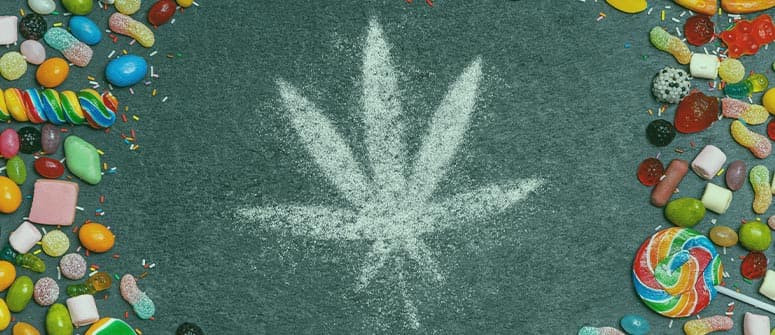
The munchies—known to stoners near and far. While some appreciate the boost in appetite cannabis offers, others are less keen on craving junk food every time they light up. So, what exactly causes the munchies anyway? And more importantly, what can you do to prevent it from influencing you to make a bad decision? Find out here.
Contents:
If you’re remotely familiar with the effects of THC, you’re probably also familiar with the munchies. For the uninitiated, the clue is in the name itself.
But what exactly causes the munchies? And what happens within our bodies to explain this phenomenon? In this article, we’ll break down everything you need to know, including how to avoid the munchies when you’re high.
What are the munchies?
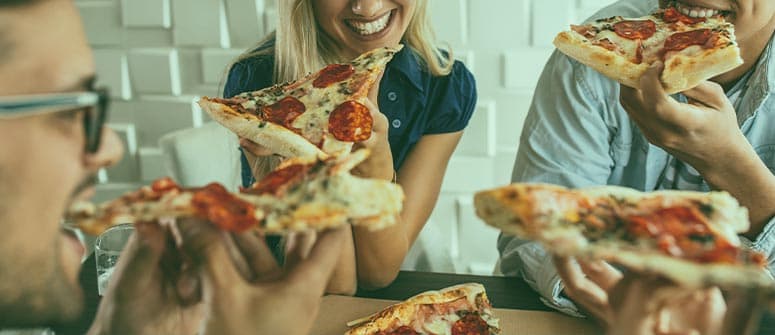
In a nutshell, the munchies is a ravenous desire to eat everything in sight, whether that's a plate of French fries or a tub of ice cream. Or both. Yes, food combinations don’t have to make sense, because everything will taste divine under the influence of weed. It’s a wonderful experience that only stoners will fully understand.
And while there’s nothing wrong with having the munchies—indeed, some people value the appetite-boosting nature of weed—it’s not exactly ideal for those looking to avoid eating junk food or excessive calories.
Why does cannabis cause the munchies?
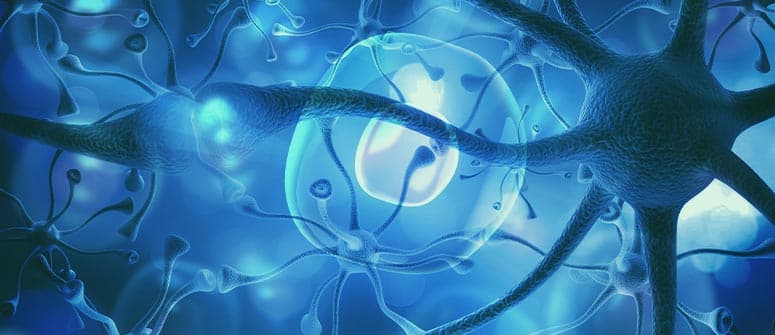
The main culprit behind the munchies is the psychotropic component of cannabis, THC.
Upon entering the body, THC binds to CB1 receptors of the endocannabinoid system. This receptor is partially responsible for regulating food intake, and as a 2003 study notes, there have been numerous epidemiological reports linking cannabis use to appetite stimulation.¹
Another study suggests that CB1 receptors “stimulate feeding” specifically by “enhancing the reward aspects of eating”.² On that note, there’s a plausible connection between the activation of the CB1 receptors and appetite stimulation.
Though the exact mechanism behind the munchies is still up for debate, we know that imbibing large amounts of THC is likely to induce a wicked desire to snack.
How long does it take for the munchies to kick in?
Several variables dictate how long it takes for the munchies to kick in; chiefly, the method of intake. Smoked, vaped, or sublingually administered cannabis takes effect within a matter of minutes (around 5–15). From there, it can take anywhere from 20 minutes to a couple of hours before the food cravings make themselves known in earnest. With edibles, however, it takes up to 2 hours to feel any effect at all, and therefore you may not feel the munchies come on for another hour or so after that.
Also, note that metabolism and individual physiology play a role in how fast the munchies come on, not to mention how severe. Some people are simply more likely to chow down, while others are less impacted by THC’s effect on appetite.
How to avoid the munchies when you’re high
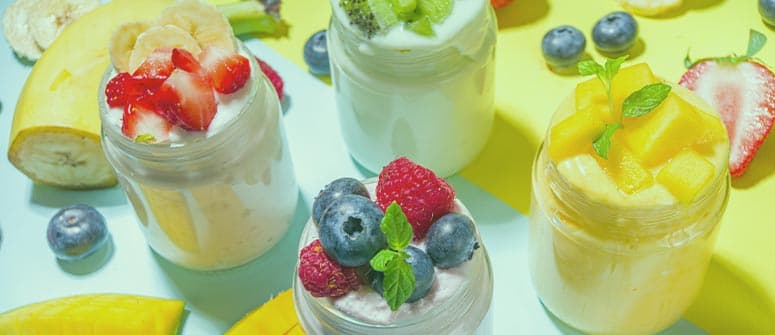
Not everybody is keen on falling victim to the munchies every time they smoke. And if you belong to this camp, there are some steps you can take before getting high, as well as during your session, to prevent yourself from indulging. As you’ll see, it’s all about controlling what you can within your environment.
Before you get high
Before sparking up that joint, you may want to consider the following.
Start with a different strain
Strain choice can have a dramatic effect on your likelihood of experiencing the munchies. Heavily THC-rich cultivars are most likely to inspire snacking, and with the greatest significance. Therefore, opting for more mild strains, including those rich in CBD and THCV, can help you limit cravings while still experiencing a relaxing smoking session. While you can choose CBD-exclusive strains for this purpose, those who wish to experience a mild high can find 1:1 or 1:2 CBD:THC strains that offer the best of both cannabinoids.
Make healthy snacks easily accessible
The goal needn’t be to limit all consumption of food following your smoking session. However, make sure that the snacks you intend to consume are on the healthier side of the spectrum. Yes, they may not stimulate the same feeling of reward as a slice of pizza or a bowl of ice cream, but healthy foods should provide adequate satisfaction and a sensation of nourishment.
If you’re not a healthy eater naturally, fresh fruits are a good place to start, and some can even potentially enhance your high. But if you want something with a little more texture, nuts and granola are the way to go.
Smoke after a meal
Another good way to kill the munchie urge is to eat a balanced meal before smoking. Instead of treating yourself after the high kicks in, switch around the order of things.
Think of it this way: a good method to avoid midnight snacking is to brush your teeth. That minty taste in your mouth instantly dissolves any desire to consume food after. Smoking with a full stomach of nutritious food can bring about the same effect.
While you’re high
This is a bit more of a challenge, especially once you’ve felt the munchies begin to creep in. But there are ways to prevent them from completely taking over.
Drink plenty of water
According to research, 37% of people easily mistake thirst for hunger.³ That’s because thirst signals tend to be less prominent. When that happens, the natural tendency is to grab something to munch on. And when combined with THC, the likelihood of these urges intensifying is much greater.
So when you feel like chowing down on some baked potato quesadillas, try drinking a glass of water first. Within minutes, you’ll notice these impulses disappear slowly. You'll also relieve yourself from the dreaded cotton mouth, so you’re pretty much killing two birds with one stone.
Stay busy
You’ve probably heard the saying “an idle mind is the devil’s workshop”. When you’re sitting alone doing nothing while high, there’s a good chance you’ll be led to your pantry to make the wrong dietary choices.
Instead, keep yourself busy. Watch a documentary that’s in no way related to food. If it helps, pick the goriest, bloodiest film that would kill any chances of an appetite building up.
Better yet, be productive. Write a poem, play an instrument, or try to learn a language. Make good use of your time; this is one of life’s greatest luxuries.
Try CBD oil
CBD is often considered a great equaliser. Unlike THC, it doesn’t get you high, and furthermore, it may help to limit THC’s binding affinity with CB1 receptors.
So if you feel like you’re about to have that desire to empty the fridge, take a few drops of CBD oil. In doing so, you may just save yourself from gaining unwanted pounds.
Sleep it off
Many munchie attacks happen while you’re already chilling on the couch or laying in bed, ready to enter a state of deep slumber. When they do arise, choose the better, but sometimes more challenging, option: sleep.
Try your best to put your body in a more relaxed state and to not think about food. If it helps, do a short meditative breathing exercise to bring your heart rate down. You’ll thank yourself later.
Will the munchies go away?
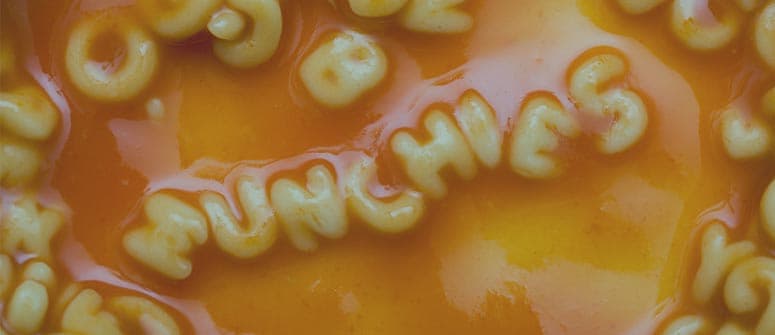
For many people, the munchies is an inevitable “symptom” of smoking weed. And while it may never go away completely, you can prevent yourself from giving in by following our advice.
Sure, it’s fine to give in to those cravings from time to time. But if you’re a regular smoker, this isn’t sustainable. So do yourself a favour and munch moderately.
References:
1. Cota, D., Marsicano, G., Lutz, B., Vicennati, V., Stalla, G. K., Pasquali, R., & Pagotto, U. (2003). Endogenous cannabinoid system as a modulator of food intake. International Journal of Obesity, 27(3), 289–301. https://pubmed.ncbi.nlm.nih.gov/12629555/
2. Harrold, J. A., Elliott, J. C., King, P. J., Widdowson, P. S., & Williams, G. (2002). Down-regulation of cannabinoid-1 (CB-1) receptors in specific extrahypothalamic regions of rats with dietary obesity: A role for endogenous cannabinoids in driving appetite for palatable food? Brain Research, 952(2), 232–238. https://pubmed.ncbi.nlm.nih.gov/12376184/
3. McKiernan, F., Houchins, J. A., & Mattes, R. D. (2008). Relationships between human thirst, hunger, drinking, and feeding. Physiology & behavior, 94(5), 700–708. https://www.ncbi.nlm.nih.gov/pmc/articles/PMC2467458/




